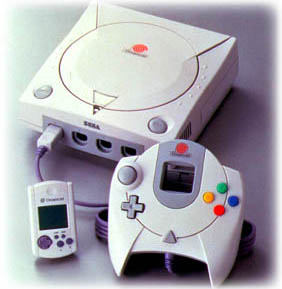
We've come a long way as species. Thousands of years ago men marveled at the thoughts and ideas of the ancients, like Socrates, Plato, and Cicero, and the world was never the same. Only hundreds of years ago we experienced the industrial revolution, which has led rise to the great nation we live in today, America.
But it was only about 50 years ago when the first computers were being invented. Back then, computers were simply the marvelous tools of scientists. Today, electronic devices dominate our lifestyle. So much so, that we are in fact seemingly helpless without them.
Gaming itself has been steadily evolving over these past years as well. The first video-games were simple, like pong and pac-man. With a 2d interface and a few basic buttons, these first games are dramatically different then the modern games on the Xbox 360, like Red-Dead-Redemption, which simulates the life of a old-west outlaw with unprecedented levels of freedom and realism.
The way we interact with games are changing, however. As competitions between companies increase, the drive to create new unique ways to attract players is creating an expanding market for new user interfaces.
The
Nitendo: Wii, sparked the first big attraction to motion sensing hardware to input data in games. Many, at first, simply brushed off motion sensing games as a gimmick, and at best a way of expanding to the market of parents who hoped that there kids may get some exercise from a console that forced there kids to swing their arms if they want to play. But it's not just Nitendo anymore.
Playstation:
Move has just been introduced from Sony, and Microsoft is going to unveil its
Xbox: Kinect. Both systems are based on motion sensing games, and are expanding there market not just to kids, but to adults as well. With the onset of these new hardware systems, many new games will be created to fill the motion sensing market, that could not have been filled with simple controller interface before.

But it doesn't just stop there, with the onset of the 3d movies, gaming is expanding into the 3d realm as well, but with more tangible benefits. 3d gaming has already existed for quite a while, but with the addition of motion sensing technology, 3d games can react in real time to the player. Additional hardware benefits are going to include real time voice communication with NPC's (non player characters) and facial expression readers that can react to the emotions and facial expressions of the player.
As the technology expands, and becomes more powerful and in greater demand, the line between virtual and real is thinning. Is the expansion of gaming technology the first real steps towards AI systems and Virtual reality? Only time will tell.
Original Article: http://www.guardian.co.uk/technology/2010/sep/19/3d-games-xbox-playstation







